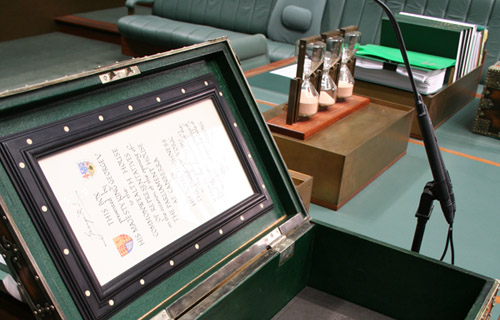The voluntary carbon market has gone from strength to strength in 2022 with a significant rise in voluntary cancellations of large-scale generation certificates (LGCs) and Australian Carbon Credit Units (ACCUs) according to the Clean Energy Regulator’s June 2022 Quarterly Carbon Market Report (QCMR).
Clean Energy Regulator Chair David Parker said the steep increase in voluntary cancellations demonstrated an ongoing shift to climate change action within corporate Australia to reduce net emissions.
“Voluntary cancellations of LGCs and ACCUs were up 138% and 80% respectively, compared to the first half of 2021 – an important step towards a net zero economy,” Mr Parker said.
“New investment in large-scale renewables remained solid, with 1.6 gigawatts (GW) of additional capacity reaching final investment decision (FID) in the first half of the year.
“Higher wholesale electricity prices and increasing LGC prices, the latter are now around $60 a certificate or megawatt hour of generation, provides a strong investment signal for renewable energy developers.
“We could see total FID capacity exceed the 2.9 GW for last year as we are currently tracking a number of projects which look very prospective.
Mr Parker also noted the ACCU market saw a high level of activity this quarter, with more ACCUs traded than in any quarter in the history of the ACCU spot market.
“Importantly, buyers showed they were willing to pay a premium for ACCUs with clear co-benefits.
“Projects involving both First Nations People, as well as broader environmental co-benefits, reportedly received premiums of up to $9 per unit over generic ACCUs during the quarter and more than $20 since the end of the quarter. Increased trading and price differentiation are all signs of a maturing carbon market,” Mr Parker said.
“Interest in the carbon market was not just confined to trading desks. A record 231 new projects were registered under the Emissions Reduction Fund in the first half of 2022, many of which were relatively small soil carbon projects. Landholders are increasingly active participants in Australia’s carbon market.”







